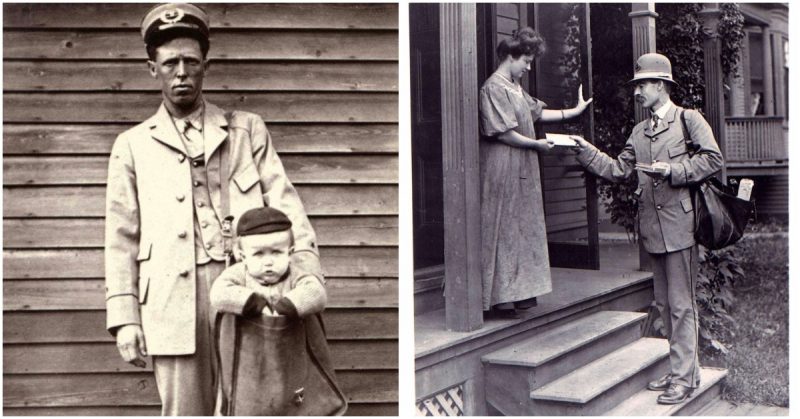We’ve learned that in 1913, when young parents wanted to get some time for themselves and send the children to their grandparents, there was a much easier, cheaper, and more effective way than traveling all the way themselves with children in tow. The time-saving shortcut was simple: mail the baby. Yes, that’s right. In 1913 it was legal to mail children–but was it appropriate?
These were the earliest days of the parcel post service, which began on January 1, 1913, and according to United States Postal Service’s website, it was an instant success. In a period of just six months, millions of parcels were mailed, which spurred the national economy to faster growth and particularly improved the lives of people in rural America.
Up until 1913, the U.S. Postal Service didn’t deliver packages that weighed more than four pounds, which meant that American citizens had to hire private delivery companies whose prices for delivering packages were high. However, that year it was announced that Americans could send packages weighing up to 11 pounds through the Post Office.
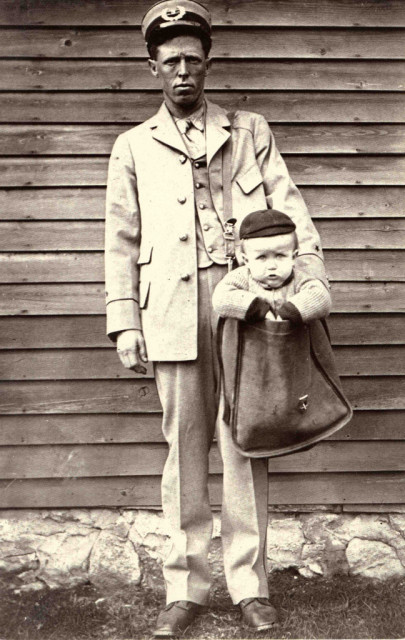
The lives of millions of American citizens suddenly changed as they were now able to send various goods and products through the mail for standard prices. The new service made it possible for people to send all kinds of items, and, of course, a range of weird objects were mailed throughout the country. But problems really started when people realized that there were no regulations that specifically disallowed the shipping of children.
Parents across the United States apparently figured, why travel across the country and spend time and money when you can just wrap up that baby, slap a stamp on, and let the Postal Parcel do its job.
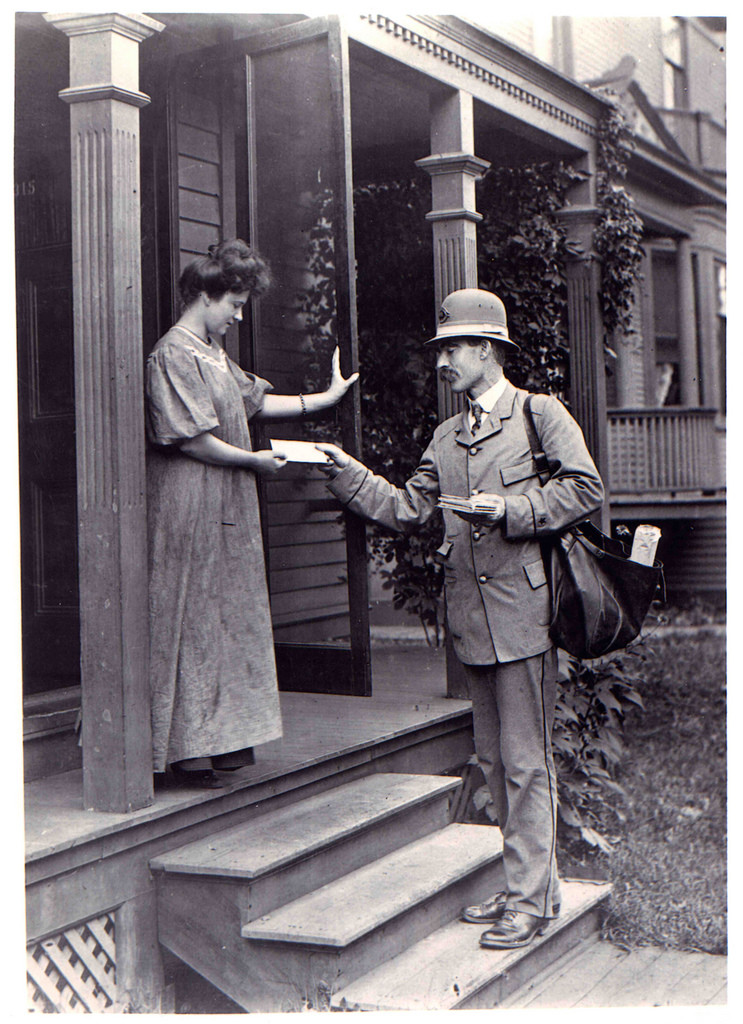
About two weeks after Parcel Post began, a baby named James Beagle became the first child in the country to travel by mail. James’ parents, Jesse and Mathilda Beagle of Ohio, mailed the 8-month-old baby to his grandmother who lived several miles away.
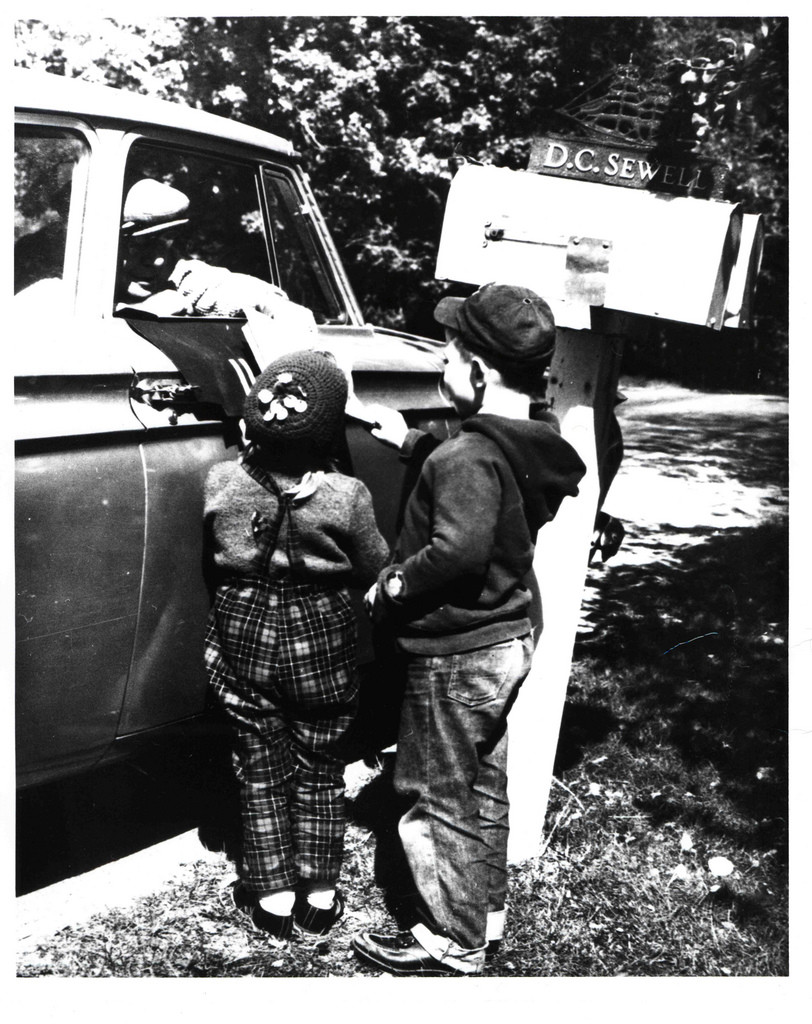
United States Postal Service historian Jenny Lynch told Smithsonian.com that Baby James weighed just a little less than the 11-pound weight limit, adding that his parents paid only 15 cents for his delivery. Soon James’ story made the headlines in several newspapers, and apparently inspired other couples to follow suit since there were few more cases of mailing children in the following years.
A couple from Pennsylvania became the second in the United States to send their child through the postal service. They mailed their daughter through rural carrier James Byerly to relatives in Clay Hollow, for the price of 45 cents.
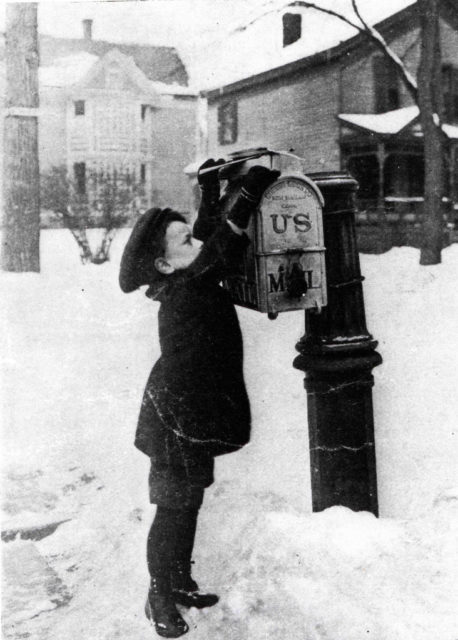
There are no other documented incidents of children being mailed in the remainder of 1913. Nancy Pope, a historian at the National Postal Museum, has written about perhaps the most famous of all mailing children cases, which occurred in February 1914. Four-year-old Charlotte May Pierstorff was sent by an Idaho railway mail car from “Grangeville, Idaho, to her grandparents’ house about 73 miles away for just 53 cents worth of stamps.” Her story even inspired American children’s writer Michael O. Tunnell to write a children’s book, Mailing May, describing the girl’s adventures on the way to her grandma’s house.
Shortly after this event took place, all postmasters in the country were informed that sending human beings through the mail was no longer acceptable according to the laws of the country. Mailing people, regardless of weight, was finally made a federal crime in 1920, but it appears that there were still some people who continued to test the system. Of course, most of them ended up being caught.
